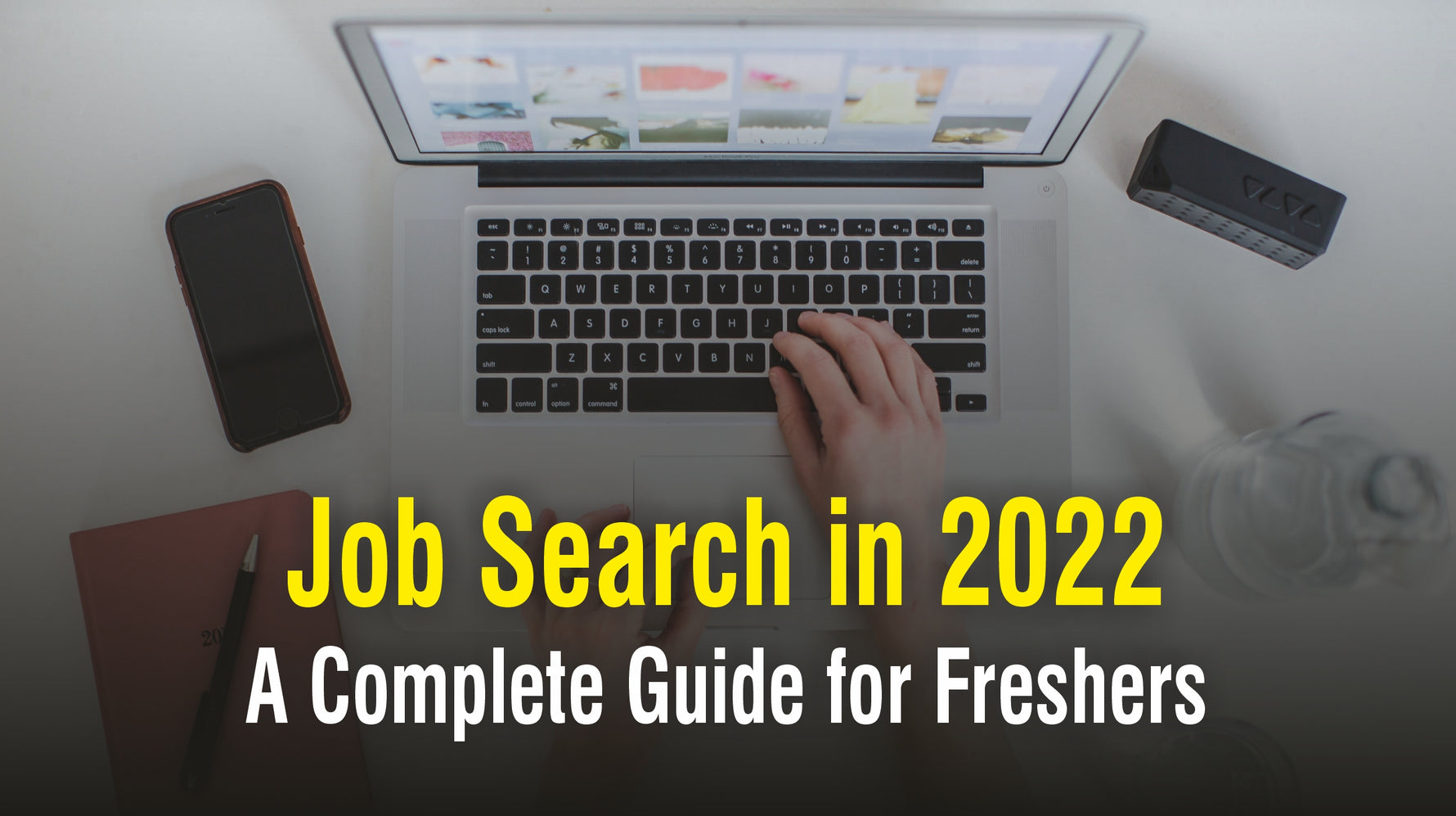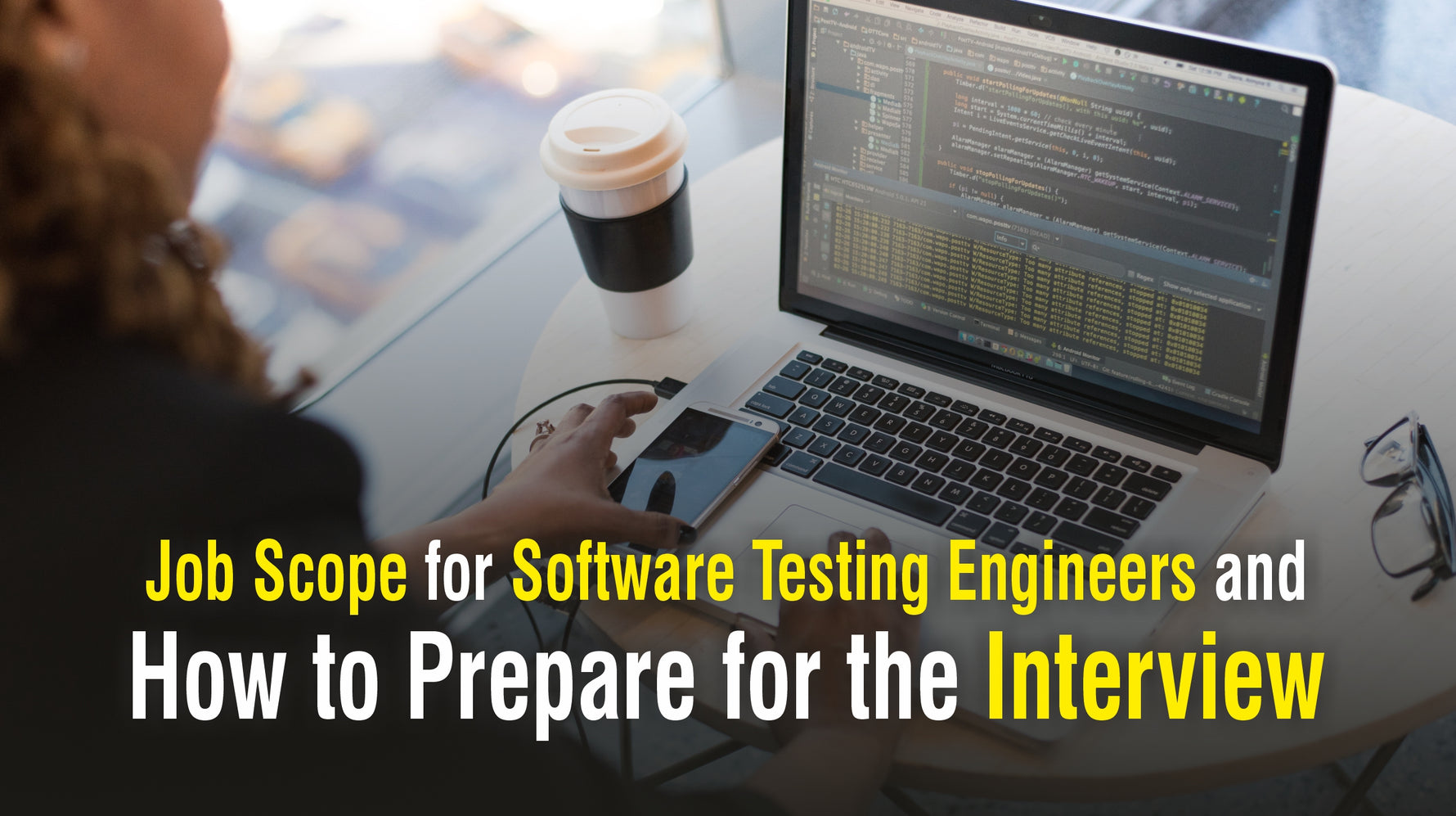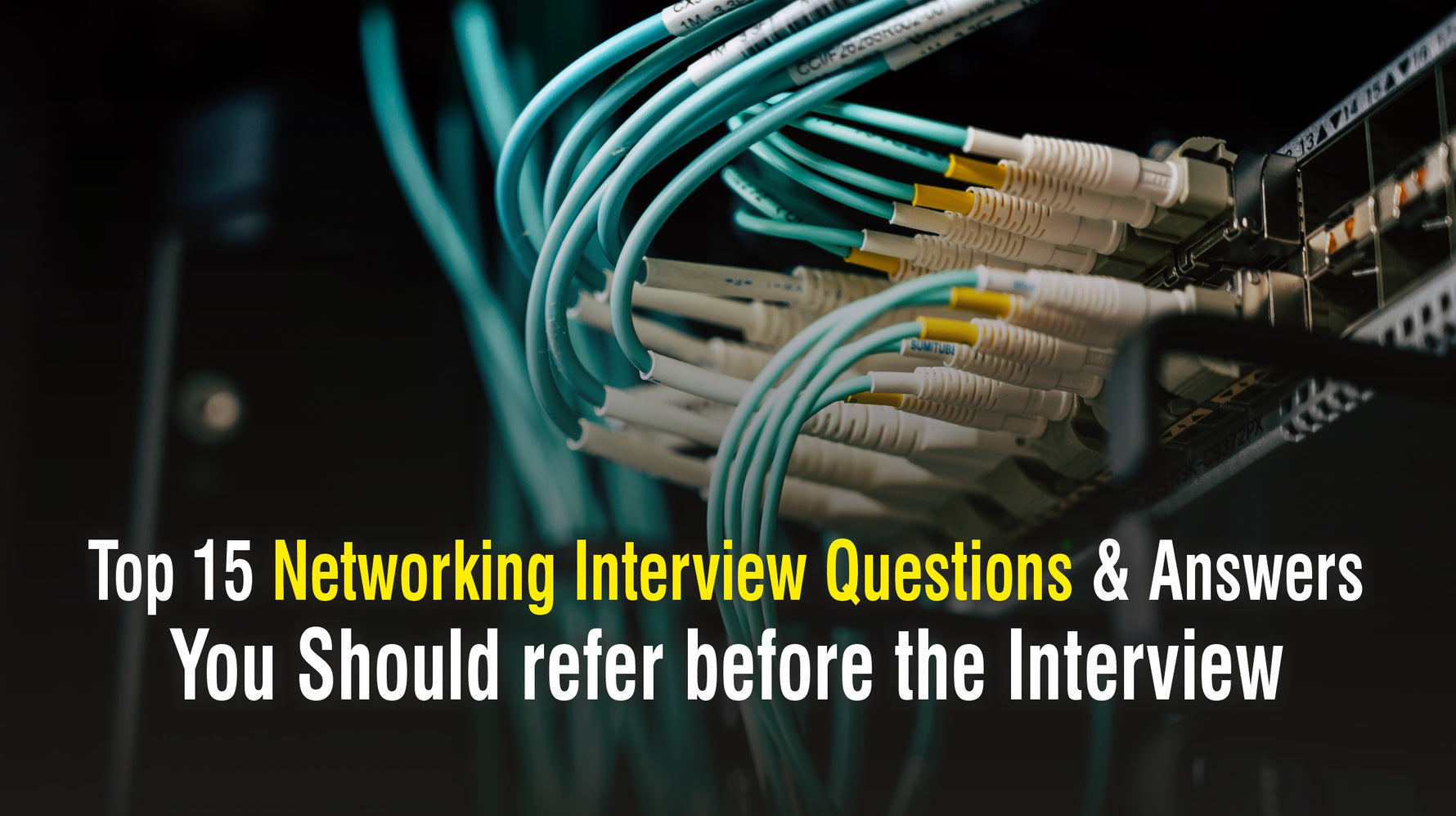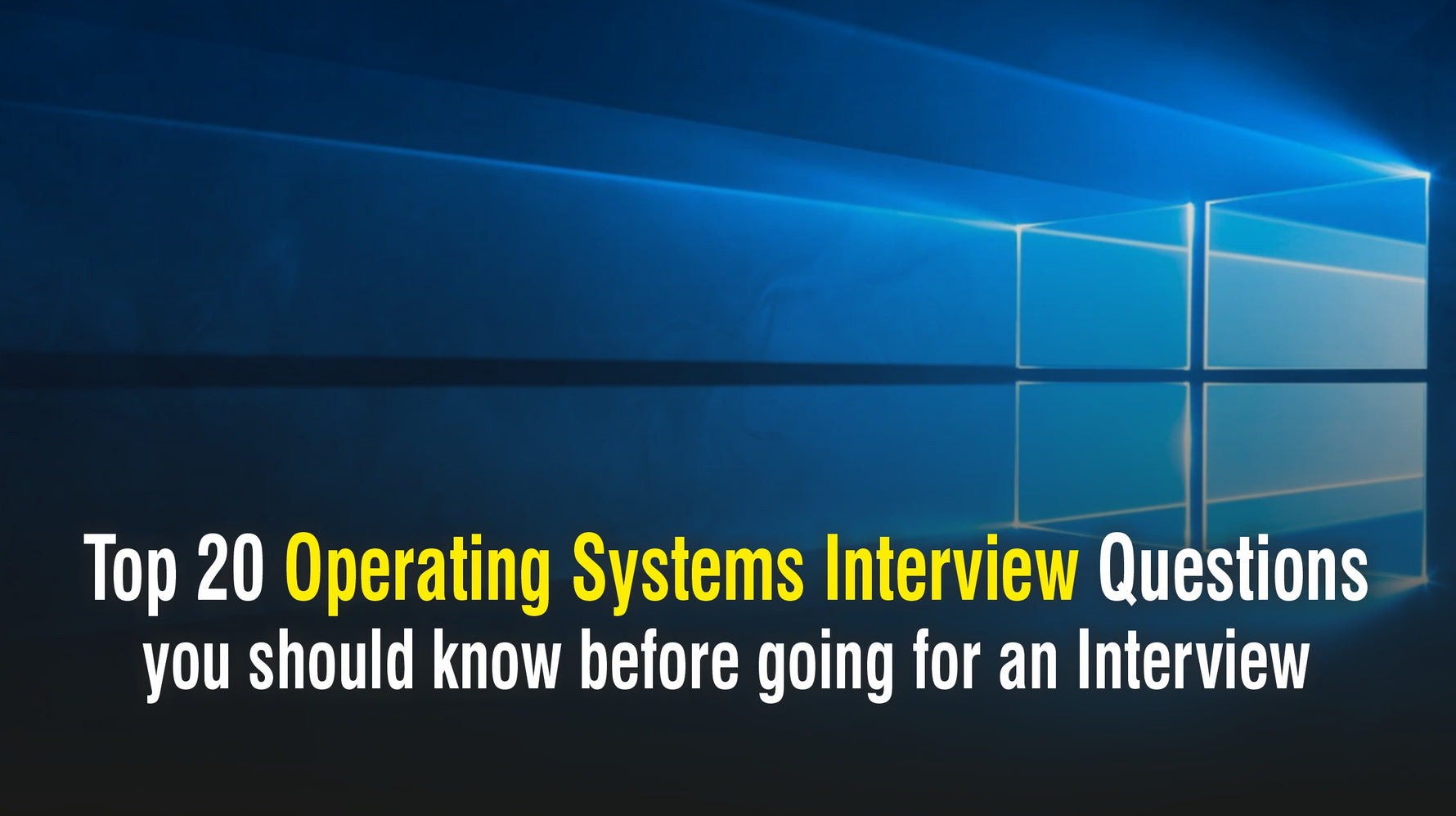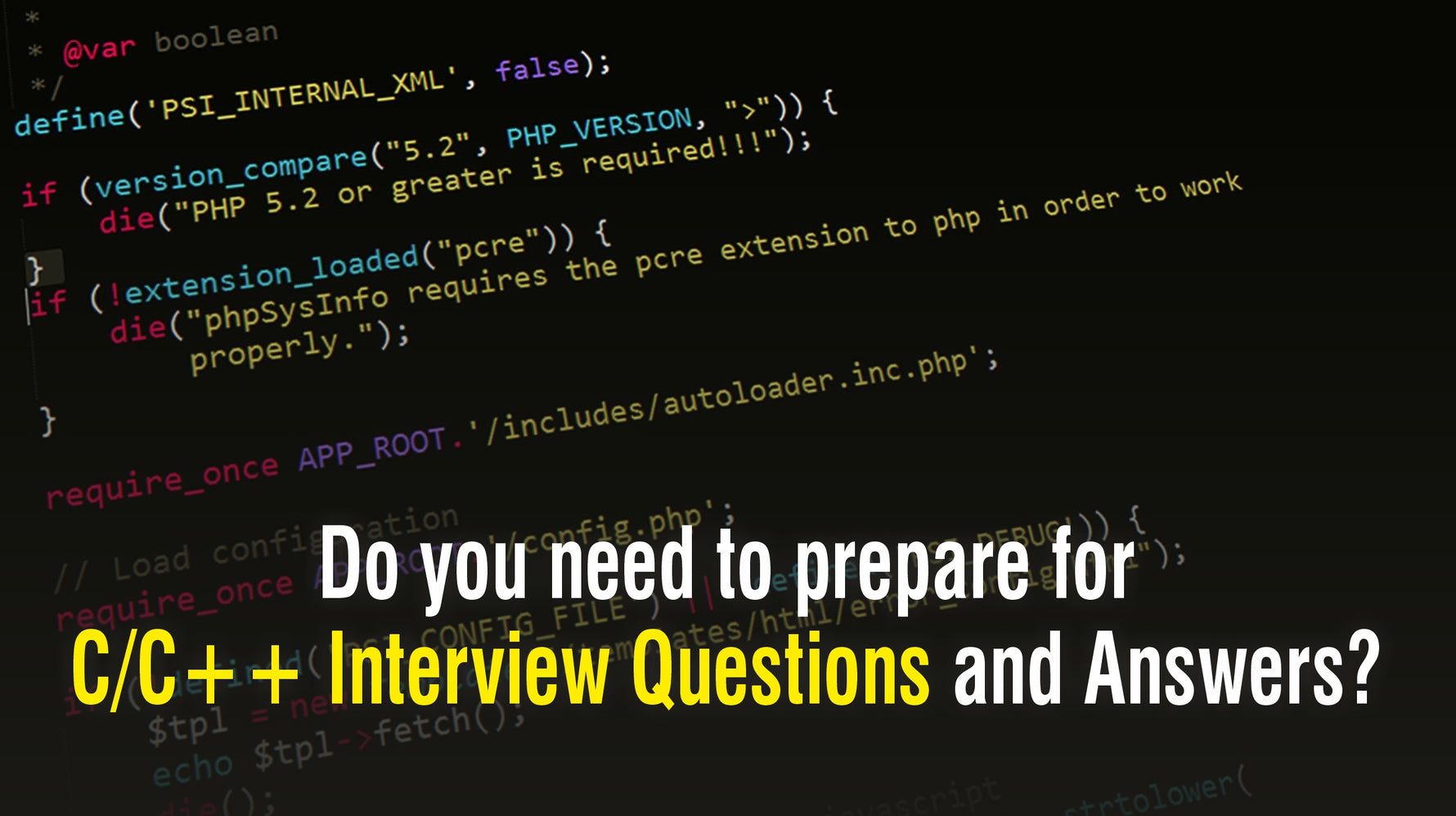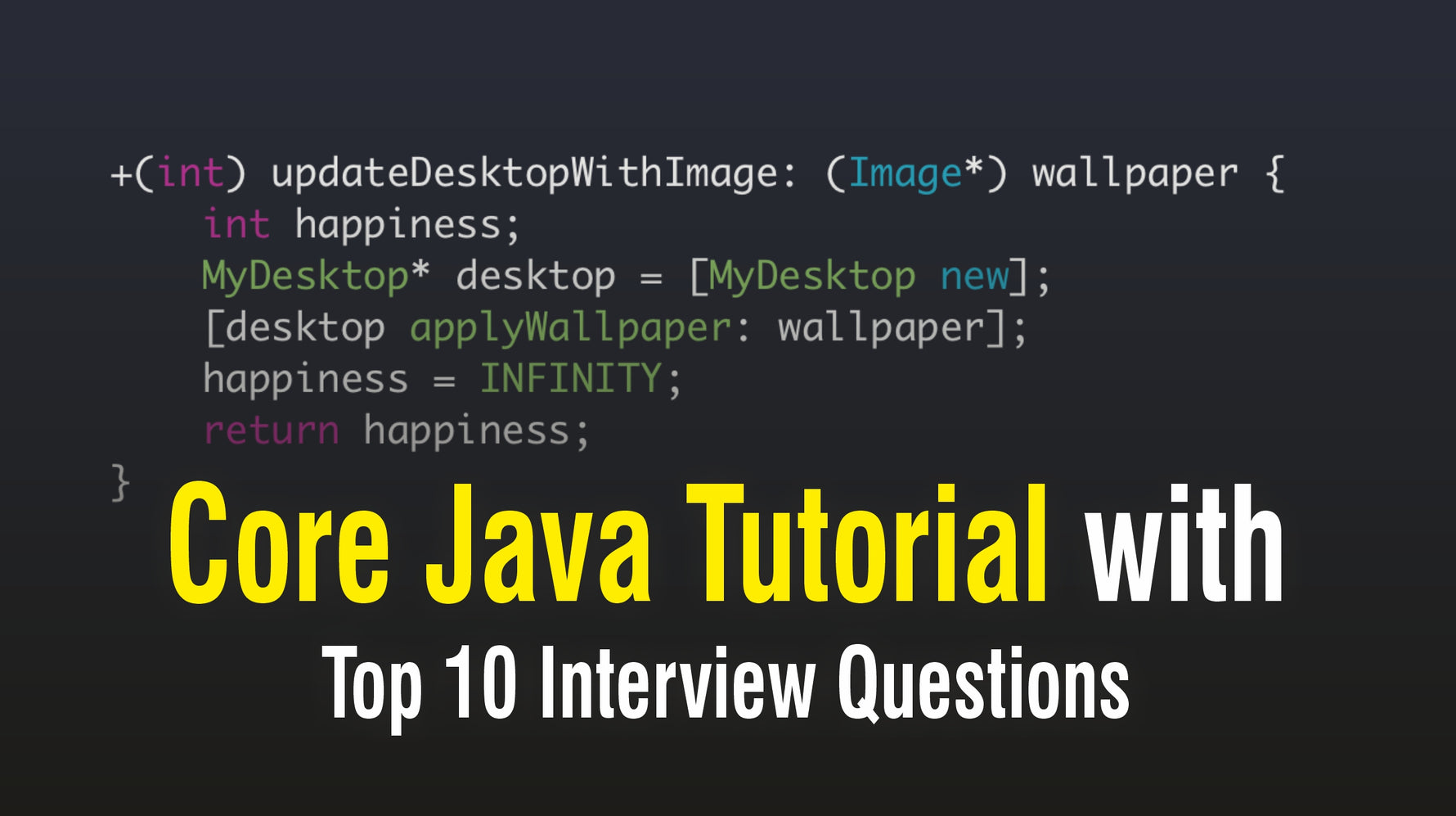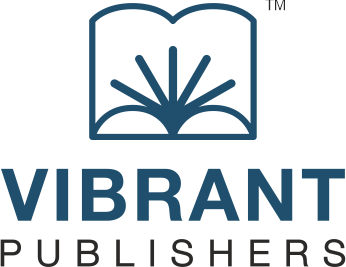Are you still creating your resume by copying the format from seniors/friends and changing the details? It’s high time you stop. In today’s highly-competitive job market, every online (and offline too) job posting receives thousands of applications every day. Naturally, most of the resumes end up in the trash can, and only a very limited number of selected candidates get called for the face-to-face interview process.
In the previous blog, we looked at the ways one can search for a job and the popular platforms used by job seekers in 2022. Today we’ll tell you how to build the most impressive resume that significantly increases your chances of getting an interview call. But first thing first, let’s take a look into a few Frequently Asked Questions to better understand the process.
1. CV or Resume: Which one to choose?
In many countries like Australia, South Africa, Parts of Europe, and India, the terms CV and Resume are used interchangeably. However, in North America (USA and Canada), these two terms denote two different documents.
CV:
A CV is a long, detailed description of the course of your academic and professional life.
A CV can be as long as it requires to be, and records every important detail of a person’s career.
In the USA and Canada, a CV is generally used for academic jobs, or when specifically asked for a CV.
Resume:
A Resume is a short and precise documentation of your career records and includes only specific and relevant information needed to apply for a particular job.
A Resume is ideally only one-page long, however, two-page Resumes are also acceptable.
In the USA and Canada, a Resume is generally used for non-academic, regular jobs.
NOTE: Unlike CV, which stays put in its original form, and is only updated with added information over time, a Resume is highly customizable, and needs to be updated every time you apply for a different job role, or even when you apply for the same job titles in different companies.
2. What is ATS and why should my resume be ATS-Compliant?
An ATS or Applicant Tracking System is software that helps recruiters and hiring authorities in the recruitment process. ATS is like a digital hiring assistant that helps in sorting and parsing resumes, updating and maintaining the database of applicants, scheduling interviews, and even onboarding the selected candidates.
The primary function of ATS is sorting and parsing resumes. When a recruiter posts a job online, she might receive thousands of applications. Reading through all of them and short-listing the top candidates is next to impossible for a single person. But an ATS can perform this task easily by comparing the candidate’s data against the recruiter’s pre-set criteria. The comparison mostly happens based on the presence or absence of relevant keywords in the applicant’s resume/application.
That’s why your resume needs to be ATS-compliant. Otherwise, no matter how qualified you are, the absence of the right keywords can lead to ATS considering your application irrelevant, and therefore get you rejected even before it reaches the hands of the recruiter.
3. How to make my resume ATS-compliant?
As mentioned earlier, ATS programs use many algorithms to rank resumes in order of their quality. With ATS, one of the primary parameters of such tests is the presence or absence of certain keywords. These keywords heavily depend on the job description. So, one of the best ways to find these keywords is to study the job description carefully, point out the keywords, and include them strategically all over your resume.
Another easy way to find such keywords is using an online resume optimization program. You need to copy-paste the job description and your resume data in relevant boxes and run the program. The software will automatically produce a list of missing keywords that you need to include in your resume. Some advanced programs also provide additional information to further improve your resume.
4. Is passing the ATS test enough?
The primary purpose of building an ATS-Compliant resume is to get past the ATS screening. But this is not the end of the recruitment process; rather, it is the beginning.
What happens when your application does get approved by ATS and hiring managers take a look at it? Surveys and studies suggest, your resume has only 8 seconds to impress the recruiter. And that’s why it’s so important to choose the right format, the right points, and the right language to build your resume.
Below we’ve discussed everything there is to know about creating the ideal resume for any job.
An ideal resume will look like this. You can use this template to build your own.
Resume Format:
In terms of the order of resume elements, there are three formats accepted worldwide. Each of them serves a special purpose, and according to your career history, you should choose the correct one suitable for you.
1. Functional Resume Format:
This is the most common and most widely-used resume format in the US and Canada. In this resume format, work experience is given preference and is therefore included in the beginning.
2. Chronological Resume Format:
As the name suggests, this resume format documents your career graph in a chronological (or more commonly, reverse-chronological) order, by including academic details in the beginning.
3. Combination Format:
This format is also called a freestyle resume format where the candidate places the points that he thinks are the most relevant and important in the beginning.
Resume Summary:
A resume summary is, without a doubt, the most important part of a resume. Amidst the pool of hundreds of resumes, hiring managers and recruiters often don’t read beyond the resume summary unless she finds the summary grasping and relevant.
An ideal resume summary should not be longer than 3-5 sentences. Only the most important and relevant points should be included in this section. From academic records, to special achievements, to skills and experiences, anything can be included in a summary. You can use bullet points to make it easier to read.
Example:
In the above example, the “Bad Resume Summary” fails to include the most important information about the candidate, and include less-important things like:
‘The candidate is looking for a job in the publishing industry’,
Or,
‘The candidate worked at XYZ organization previously’
This information is less important for the hiring manager. Rather, knowing the following things will be more important for the recruiter:
‘The candidate has working experience of Digital Marketing’
Or,
‘The candidate successfully boosted the SEO performance and lead generation in an organic way through Content in her last organization’.
Resume Objective:
Resume objective is becoming increasingly obsolete these days. Unless you have something really important to add, it’s better to skip resume objective altogether, because faulty resume objectives do more harm than good.
Contact Information:
Including your contact details in a neat way is necessary. Mentioning your contact number/s and email address is enough and adding home address is unnecessary. Optionally, you can add your LinkedIn profile link, your personal website/blog page link, or your social media handles in this section.
Work Experience:
Mention your work experience in a reverse-chronological order, starting from the most recent experience. Mention your job title and include a brief detail about your responsibilities, and special achievements (if any) under this section, but keep it precise.
In the above example, the first instance is considered an incorrect way to include work experience because:
It completely omits the time-frame of the employment.
It doesn’t include a brief summary of the job description.
Alternatively, the second instance is considered the correct way because:
It includes the time-frame of the employment (in case of employment gap, only mention 2017-2019, instead of January 2017- December 2019).
It includes a brief summary of the job description.
Academic Records:
Unless explicitly asked for, there’s no need to include your school records in this section. Mentioning details of your higher studies professional courses that you’ve completed/currently attending are generally enough. In case of GPAs or marks/percentage too, unless you have a high-achieving record throughout, it’s better to leave them out (again, unless explicitly asked for).
Extra-Curricular Activities:
Since a resume has limited space, including extra-curricular activities are a bit tricky. You can always include achievements in sports and physical activities in this field, since these skills are almost always impressive. However, if you are applying for a graphic designing job, it’s better to leave out the information that you won a state-level singing competition because it’s irrelevant. But if you’re applying for a Content Writer role, your debating skills might be relevant enough to be included in your resume.
Hard and Soft Skills:
Hard Skills denote job-specific skills that are needed for the particular designation. For example, for the Accounting Assistant post, knowledge of Accounts, Book-Keeping, Business Economics etc, falls under the category of Hard Skills.
Soft Skills denote general skills that are needed to excel at any job. For example, communication skills, critical thinking abilities, organizational skills, computer skills, etc. are not specific to any particular job but are necessary to become a good employee in general.
It is important to list both your hard skills and soft skills in your resume. You can either make two separate lists for two types of skills, or mention all of them in bullet points under a single section. This section is a good place to include as many relevant keywords as possible to make your resume ATS compliant.
In the example above, the first instance is considered to be the incorrect way to include skills, not only because it hasn’t distinguished between the hard and soft skills, but also because writing the skills in a paragraph looks more cluttered and the recruiters lose interest in them.
Meanwhile, the second instance is considered to be the correct way, not only because it shows a clear distinction between Hard and Soft skills, but it also lists the skills in a clear and organized way that makes the resume more presentable and easy to read. The better the presentation of your resume, the more a recruiter takes interest in your writing.
Languages:
Include all the languages that you know and also mention the level of expertise in your resume (i.e. beginner, proficient, expert, etc.)
Hobbies & Interests:
Just like the extra-curricular activities section, limit this part only to those interests that are directly or indirectly related to the job in question.
Cover Letter:
Some candidates add the line “Cover letter available upon request”. This is completely unnecessary. If you’re asked for a cover letter, include it in your application. Otherwise, just leave it.
5. How should the resume be tailored before sending out job applications?
When it comes to resumes, there isn’t any ‘one-size-fits-all’ formula that you can apply. To get the best possible result with both the applicant tracking systems and the hiring authorities of an organization, you need to modify your existing resume for each individual application.
How does it help to beat the ATS?
As discussed before, ATS ranks all of the candidates’ resumes in order of quality and relevance, and the prime factor in the decision-making process is the presence of relevant keywords.
Now, keywords can be tricky to deal with. Sometimes, even for similar job roles, these keywords vary from one job post to another. For example: ‘Junior Accountant’ and ‘Accounting Assistant’ might denote similar positions in two different organizations, but ATS will identify them as different keywords. So, when you are tailoring your resume for a particular job posting, go with the keywords that they have used in their Job Description and replace your existing ones. This is true for all the aspects of a resume, be it the necessary skills, qualification, or experiences.
When you fill your resume with significant keywords for a specific job at a specific organization, the ATS will easily recognize the relevance factor and rank your application higher, thus improving your chances of getting an interview call.
How does it impress the hiring authorities?
Custom-made resumes will also impress the hiring managers more than a stock resume. Different hiring authorities prioritize different aspects of a job in their organization. Understanding their priorities and highlighting those aspects in your resume will impress the recruiters more.
The tailoring process:
Modifying your resume every time you apply for a job seems to be a tedious task. But actually, it’s very easy. You don’t have to write your whole resume from scratch again and again, a few tweaks here and there will do. Here’s how:
Select the ideal resume format:
As described before, you need to choose from 3 resume formats, i.e. Reverse Chronological, Functional, and Combination format. These different formats highlight different aspects of your resume by placing them at the top. So, you need to choose a format depending on what you want to highlight.
As a fresher doesn’t have work experiences yet, the reverse-chronological format is ideal for him because it begins with his educational and professional qualifications, and then proceeds to include the internship/part-time experiences (if any).
On the contrary, if you happen to have significant and relevant experiences in the field you’re applying for, the Functional resume format will be ideal for you because it begins with the list of your work experiences, and then includes academic and other details.
The combination format is suitable for freelancers/career-changers/people in creative fields because it doesn’t follow a strict rule of order, and can be used to highlight any aspect of the candidate’s resume (work portfolio/skills/special achievements etc.)
Resume Summary vs. Resume Objective:
Modern resume building techniques place high importance on resume summary. No matter which format you choose, a resume summary must be there.
On the contrary, the resume objective is not considered to be important nowadays and is recommended only for career-changers. The resume objective gives career-changers the opportunity to explain why they changed their career path and what they are looking for in their future employments.
Work Experience:
This part will remain mostly unchanged. However, you might need to change some of the job details to match the criteria better.
Example 1:
In your old resume as a Java Developer, you included the following details as your top 3 responsibilities:
Develop and test new application software
Design and implement Java application phases
Maintain and improve existing Java application processes
Albeit the job roles are similar, you find that your target job has included these points in their job description:
Conduct software analysis, programming and debugging
Contribute in software development activities
Developing well-designed codes, etc.
You can then just rephrase a few of your existing points to match the new job description in a better way.
Example 2:
In your old job, you required expertise in all 3 languages viz. Java, C++, and Python, so your old resume included all 3 of them. However, if your new job requires only knowledge of Java, your resume should reflect that too. In such cases, you should only include Java (and related work experience) in this field, and the extra information (knowledge of C++ and Python) in the “Skills” section as an addendum (by just adding them at the bottom of the list).
Alternatively, if the opposite thing happens, i.e. your old job required only Java and the new job requires all three, although you cannot include the two languages in your work experience, you must include them in your Profile Summary or Skills section and highlight them by putting them on top.
Academic records:
Remains unchanged.
Extra-curricular activities/Hobbies & Interests:
Select only the ones relevant to your present role.
Hard and Soft Skills:
Rephrasing might be needed based on the criteria for the new job.
Languages:
Unless you speak more than 3 languages, and your job is directly related to your language skills, including the “Languages” section is best left for freshers only. As you gain experience and have much more important details to share, including the languages section becomes unnecessary.
The journey from applying to a job to getting a job is a long process, and the toughest hurdle in this journey is getting called for an interview. And to cross this hurdle, a well-built resume is your only tool. Now you know how to build the perfect resume, and how to tailor them for individual applications. A perfect resume will not help you with both the AI systems and the human recruiters, and finally, you will receive the much-awaited call for the interview round.
Team Vibrant Publishers wishes you all the best!
Next up in this series: Understanding the Interview Process: Stages and ChallengesPrevious blog in this series: Job search in 2022- A Complete Guide for FreshersBooks you might find useful:Leadership Interview Questions You’ll Most Likely Be AskedInnovative Interview Questions You’ll Most Likely Be AskedHR Interview Questions You’ll Most Likely Be Asked







